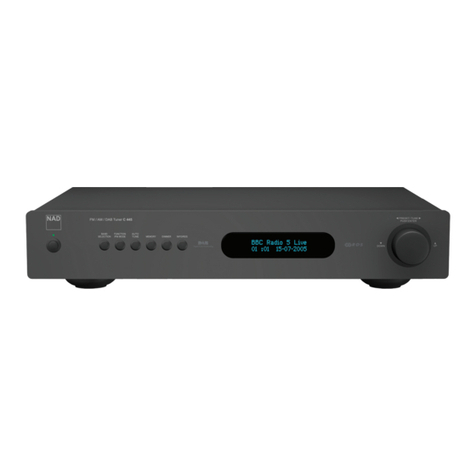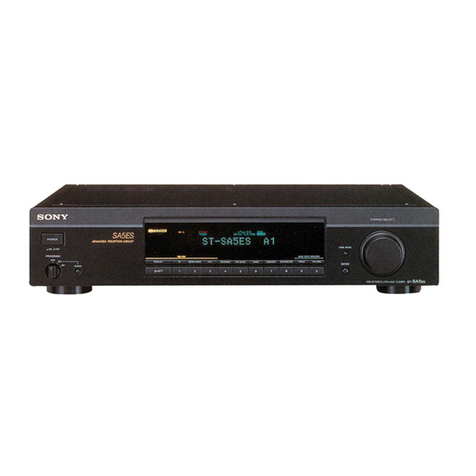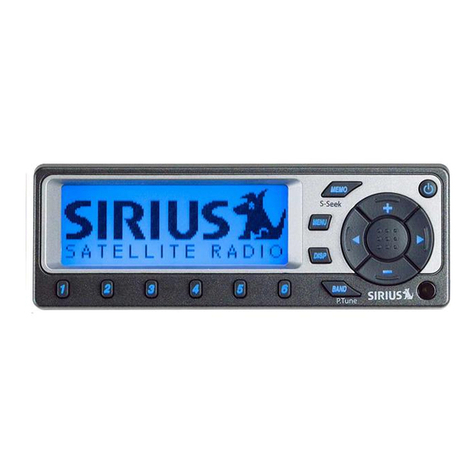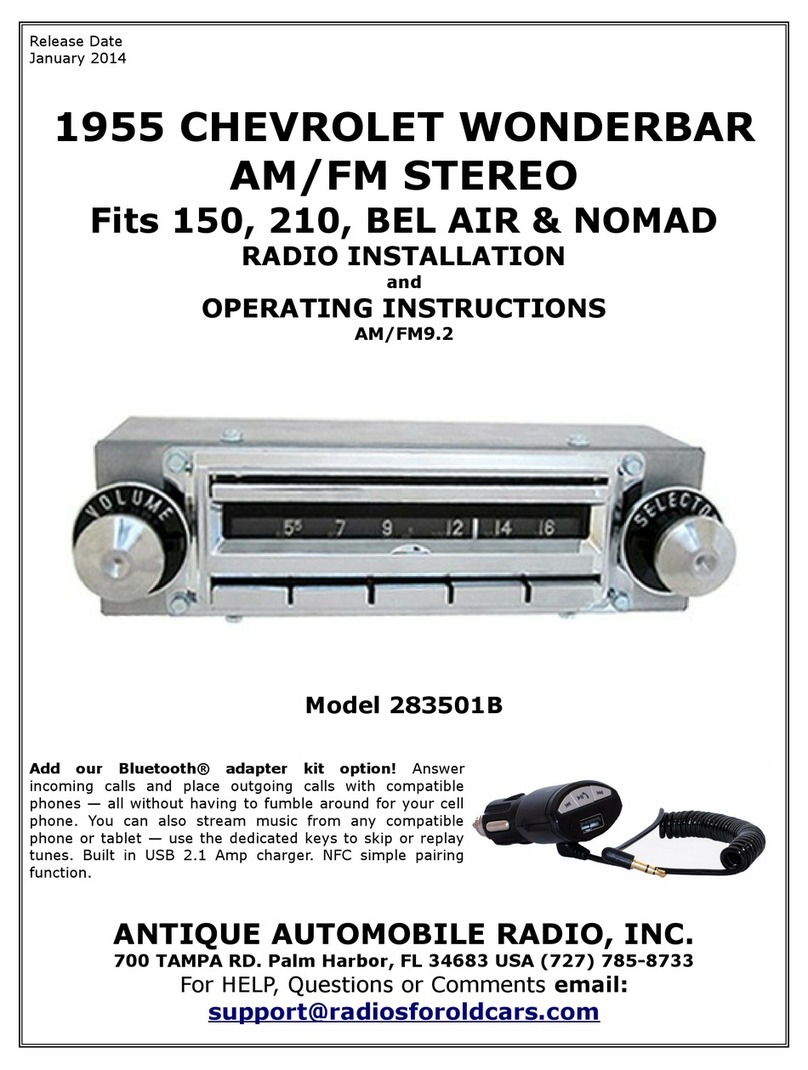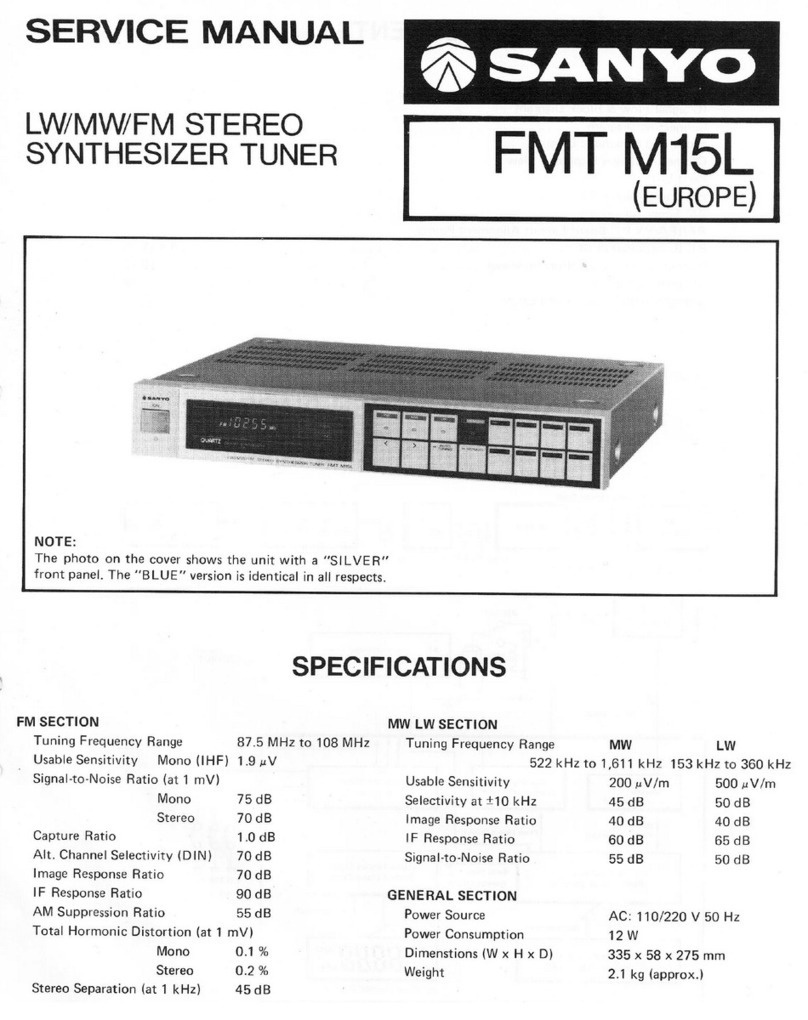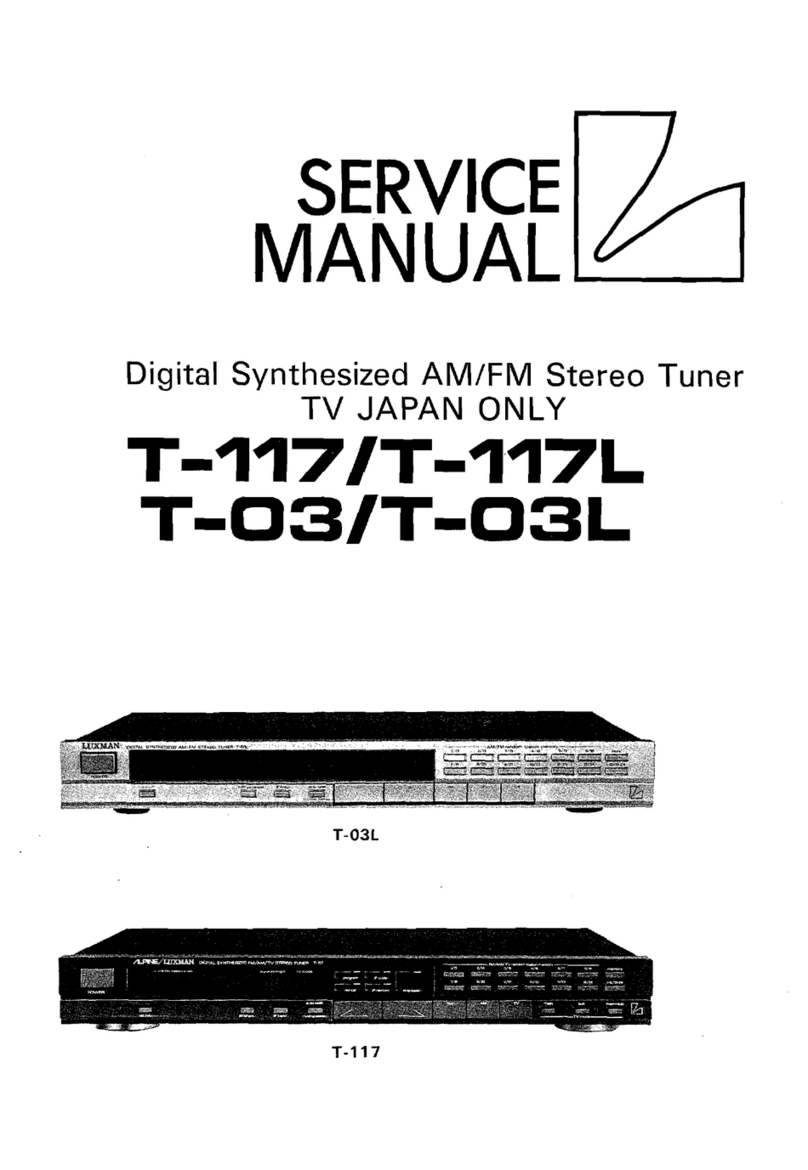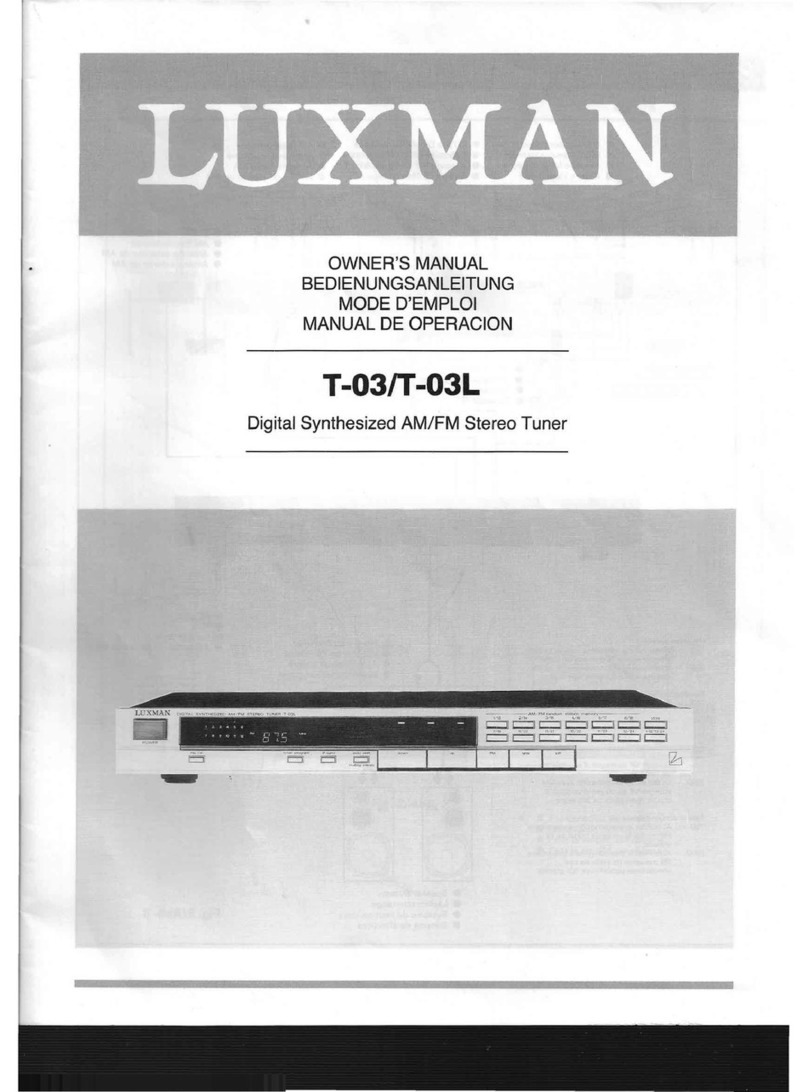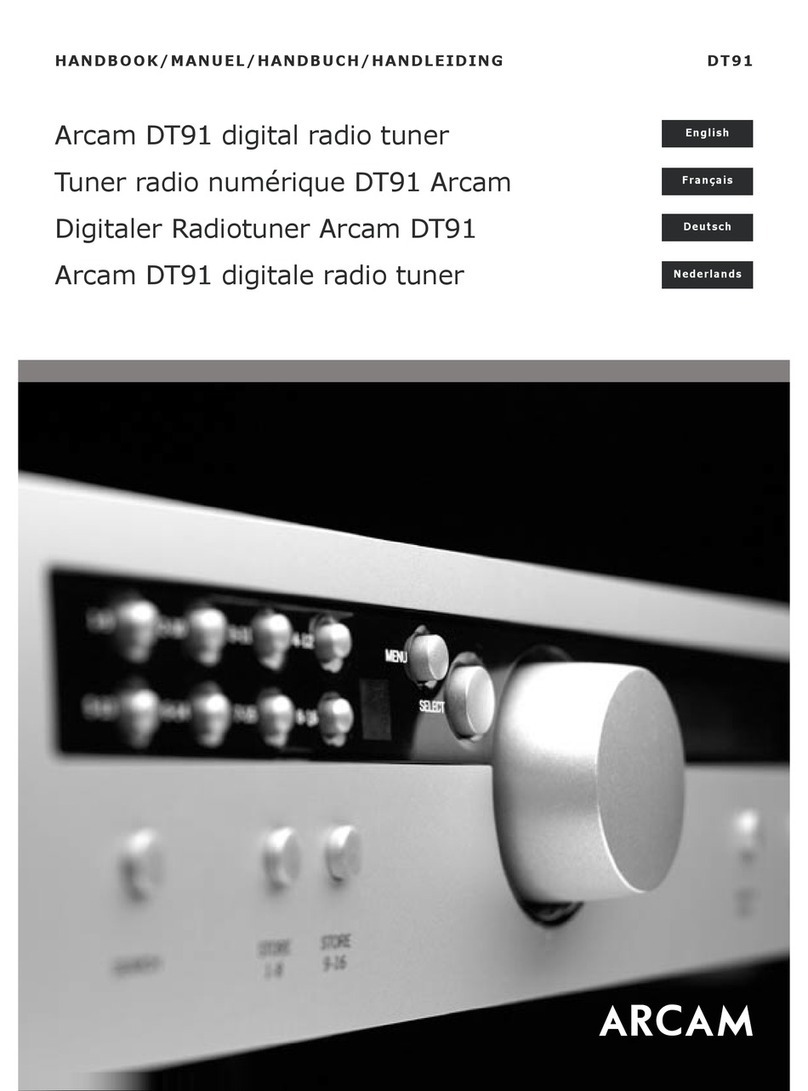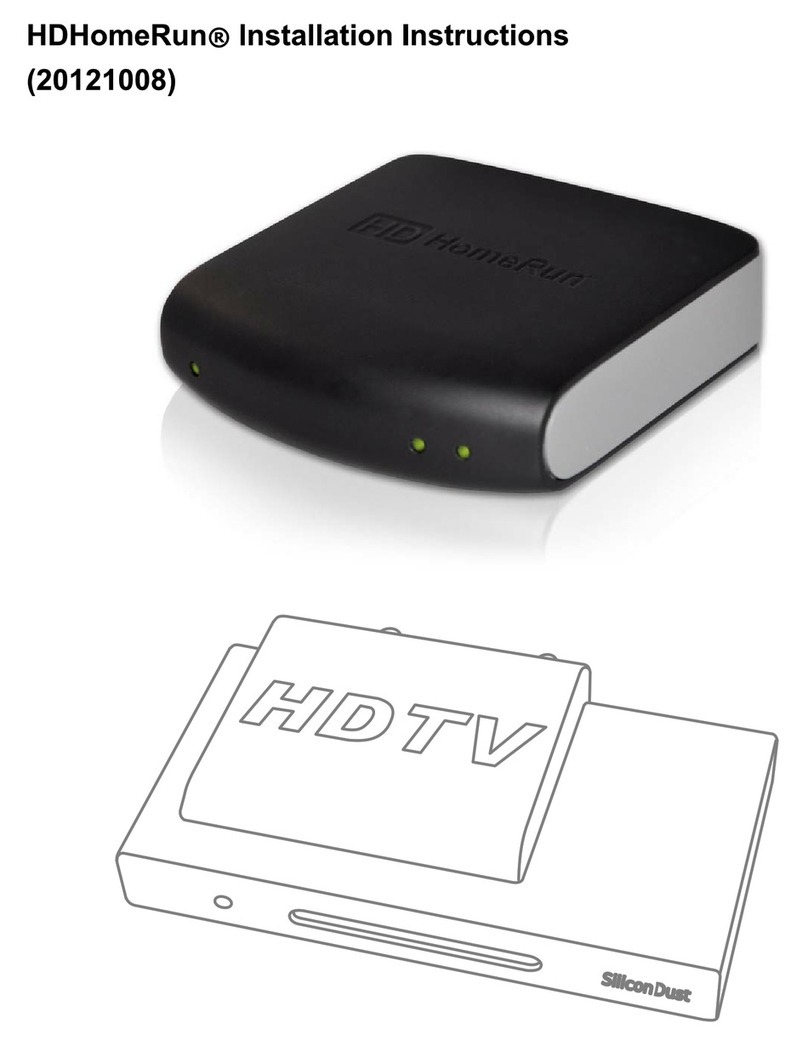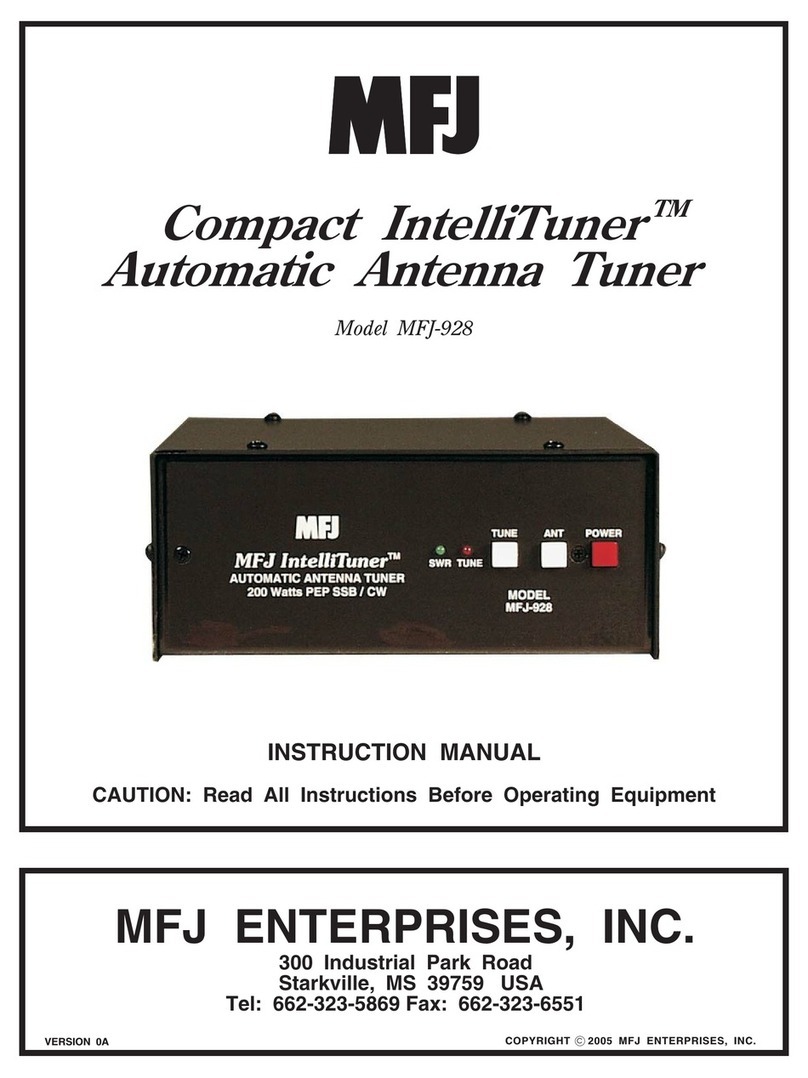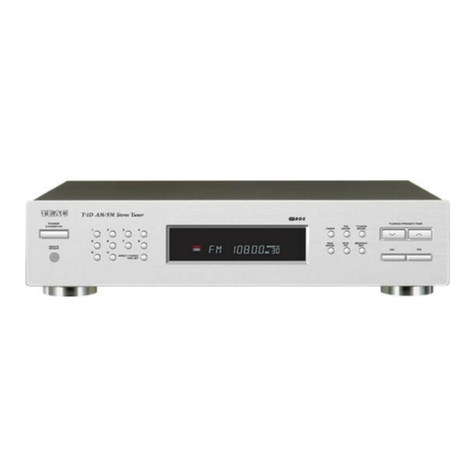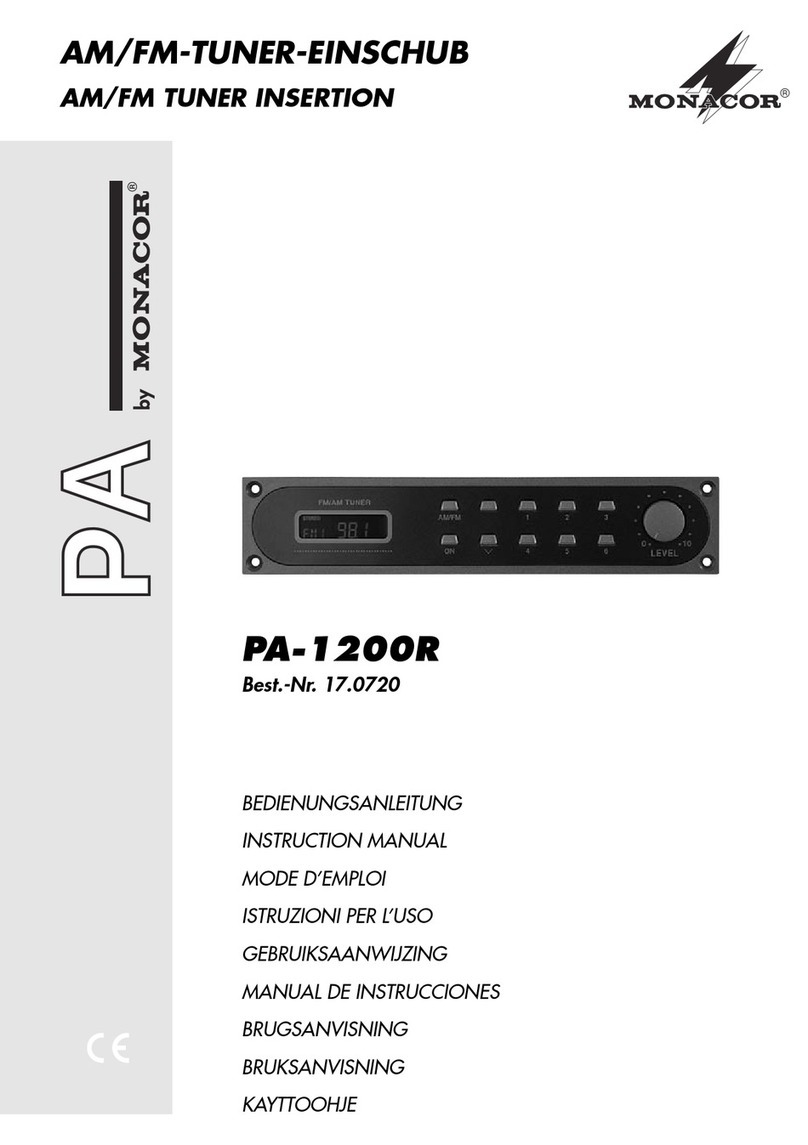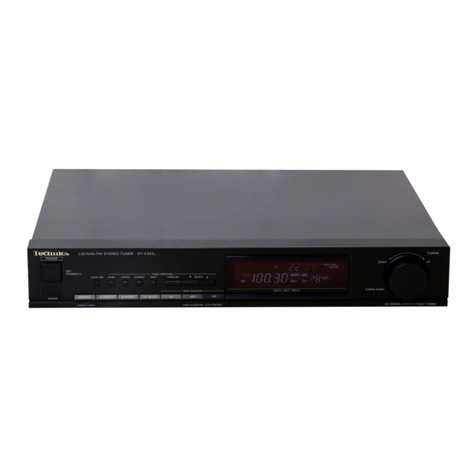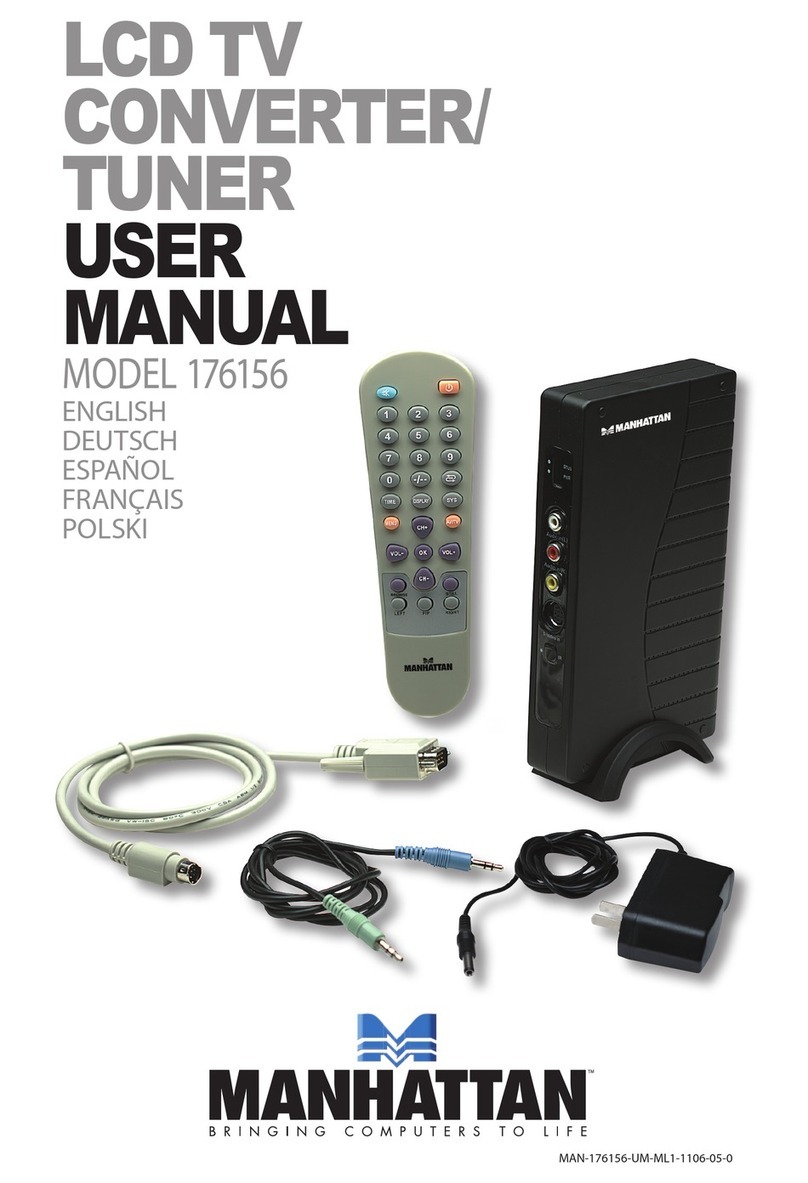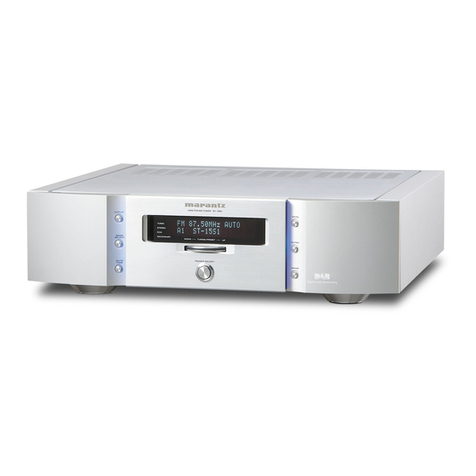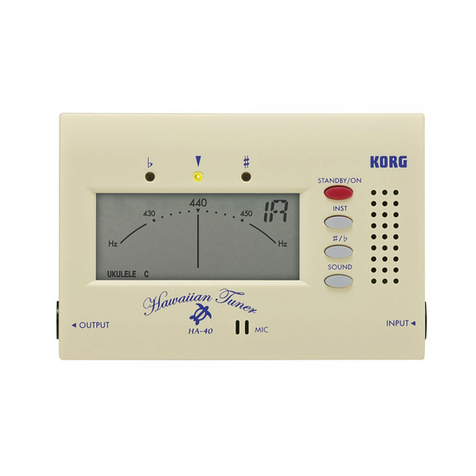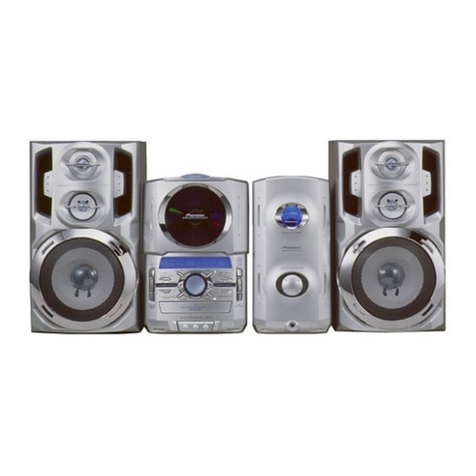
16. SIGNAL STRENGTH METER
The exact tuning point can be obtained when the needle of
this meter shows its maximum swing. The movement of the
needle depends on the strength of the receiving signal. Even if
the needle swings to the extreme right end of the meter scale
it does not impair the meter. For perfect reception of stereo
FIV it is recommended to have the needle swung above "4" on
the meter calibration. ln case of FM reception sr-lch signals as
cannot be cut off 'with the FM Muting Switch can be utilized
as stereo playback.
17. FM FINE TUNING METER
When no FM signal is received this pointer rests in the
vicinity of the center position. When the Tuning Knob is turned
the needle of the Fine Tuning lvleter starts to swing out of the
center, and as the accurate tuning point is getting closer the
needle begins to come back to the center. Thus the exact tuning
point can be obtained with the needle at the dead center
position. This meter is exclusively effective on FM, and in case
of AM reception it does not move from its center point.
18. PEAK INDICATOR
An instantaneous peak level of output power can be read on
this LED indicator. The sensitivity of this indicator is inter-
changeable by the Selector Switch for Peak lndicator Sensitivity.
0dB point is equivalent to 75W with normal condition, while
when the Selector Switch is pressed in, it isequivalent to 4.7W.
Refer to the details in the "Peak lndicator". {
19 INPUT SELECTOR SWITCH
This switch permits proper selection of desired program
sources. You may set either of the positions provided (AM, FM,
PHONO-1, PHONO-2, AUX).
20. BASS CONTROL
This is a level control of bass range..A clockwise turn of the
control boosts the bass response, and a counter-cloq,kwise turn
decreases and finally cuts the bass. This yields a flat frequency
response when set at the center rotation angle with click-stop.
21 REBLE CONTRO L
A clockwise turn of this knob boosts the treble response,
while counter-clockwise turn decreases the treble level' This
control is of the same construction as that of the Bass Tone
Control.
22. TUNING KNOB
Use this knob to tune in your desired station. When the
desired program is received, make accurate tuning slowly
so that the pointer of Signal Strength Meter shows the
maximum swing and that that of the Fine Tuning Meter comes
to its center position. For AM reception the center tuning
meter does not operate.
23. VOLUME CONTROL (BALANCE)
A clockwise turn of this control increases volume, while a
counter-clockwise turn decreases and finally cuts out volume.
Time muting circuits are designed to delay operation of the
amplifier. And if sound volume is set at remarkably increased
level before switching on, loud sound comes out suddenly.
Therefore sound volume should be preset at a reduced level
before operation. When sound is reproduced from speakers,
adjust sound volume at an appropriate level. This knob is of
dual concentric structure and the inner part permits control of
the volume, while the outer part controls the balance of the
riqht and the left channels. See the further details in the
"Control of Volume Balance".
24. SPEAKER SELECTOR SWITCH
This tuner-amplifier offers convenience to use 2 pairs of loud-
speakers. You can choose independent or simultaneous driving
of up to 2 systems as per the indication on the panel. When
the knob is set at the "A" position the "A" speaker terminal
starts to function, and likewise in the "A + B" position both
"A" and "B" speaker terminals operate.
Note that the impedance of each system should exceed
8 ohms at the time of simultaneous driving of 2 pairs of loud-
spea kers.
25 HEADPHONE JACK
This is provided for private listening by stereo headphone.
Output signals are always available irrespective of the position
of the Speaker Selector Switch. For use of headphone, however,
it is recommended to set the Speaker Switch to the "off"
position.
26. SPEAKER TERMINALS
Speaker systems are to be connected to these terminals.
There are two independent term inals; namely the'A SPEA KE RS"
and the "B SPEAKEBS". These are coupled with the Speaker
Selector Switch, which has to be set at the very position corres-
ponding to the terminals to which the speaker systems are
connected. Red terminal is for (+), while black for (-) .
27.AC POWER CORD
For operation of this tuner-amplifier the AC plug attached
to this cord should be connected to the AC powersupply socket
in your listening room.
28. EXTRA AC OUTLETS
These are convenient for supply of the AC power to other
annexed audio components such as record player, taoe recorder.
The UNSWITCHED terminal is independent of the Power
Switch of this tuner-amplifier where the AC power is always
available, while the SWITCHED one is coupled with the Power
Switch and supply of the AC power depends on the Power
Switch. The maximum capacity of the SWITCHED and
UNSWITCHED terminals is 100W and 200W respectively.
